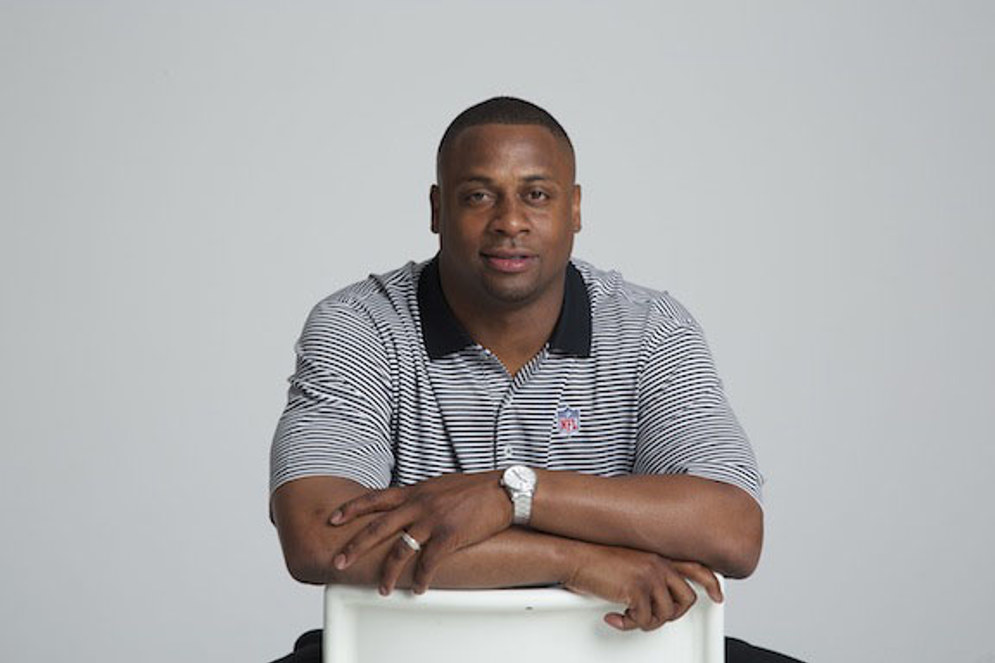What to Expect From the Competition Committee Meeting

Troy Vincent, Executive Vice President of Football Operations
The end result of rule changes are highly visible and often debated when the season begins, but many are not aware of the nuts and bolts process that goes into developing rules and making any change to the game. There are several steps to vetting rule changes and the discussions are often tedious and, at times, vigorous.
Before the 2015 National Scouting Combine in Indianapolis, I was involved in meetings with the members of the NFL Competition Committee and various league experts, to discuss possible rules changes and ways of protecting players from unnecessary risks.
We combed through injury reports and statistical trends to identify ways to make our game better. We gathered input from coaches and general managers and have started to discuss rule changes based on observations and experiences from the past season. We met with our colleagues from the NCAA to discuss lessons learned and how we can work together moving forward. We talked about protecting players and concussion protocols, the use of new technology, and improvements in how our game is administered through our officials.
This week in Naples, Fla., we will reconvene to take an even closer look at the proposals that came out of the Indianapolis meeting, along with ways we can improve upon our processes and standards for the upcoming season. This year we’ve had nearly a dozen rule change suggestions and we’ll want to make sure we address all of the concerns of our key stakeholders, so we’ll comb through video of hundreds of plays, analyzing and vetting these possible changes with coaches and GMs and with the Coaches Subcommittee.
Some of the changes we’re considering:
- Modifying what is reviewable under instant replay
- Exploring processes and procedures of how a medical timeout would work
- Discussing banning the chop block
- Ensuring that the review process covers what was called on the field and does not create new fouls
- Refining the definition of a hit on a defenseless player
- Adding an eighth official
- Making the extra point more challenging
- Using tablets on the sideline and for video replay and moving closer to our “sideline of the future” by adopting new technology
- Continuing to enhance our concussion protocol
- Increasing our standards for equipment that may make our game progressively better
We have two main objectives when considering changes to the rules: protecting our players from unnecessary risk and providing clarity and consistency in the way we administer the game.
Accordingly, there are two areas that are of particular interest to me as we explore the next steps in the evolution of protecting players—the concept of a medical time out and removing the chop block from the game. A medical timeout could be called when a spotter or an independent person unaffiliated with either team on the sideline believes a player is in need of medical attention, but he remains in the game. What is the practical application of such a time out? What are the processes and procedures that would be in place to ensure both competitive balance and the health of the player?—these are questions that should be considered.
The chop block has been banned from both the high school and college game. We have a generation of players coming to the NFL who never used the chop block, yet they may be expected to initiate this technique that could result in a career-ending injury. We strongly need to consider removing this technique from the game.
When looking at potential rules changes, we must consider how they will affect the overall game, how they will be taught to players, and how they will be officiated in real time. Officials and players are moving at game speed, and those of us who are making decisions on rules have the luxury of slow-motion video. Sometimes game speed and rule changes aren't always compatible.
We’re constantly looking at ways to improve the game and protect our players from unnecessary risk. Follow me @TroyVincent23 and NFL Football Operations @NFLFootballOps on Twitter for updates next week and beyond.
